Table of content
Microwaves have become an indispensable tool in modern kitchens, offering convenience and speed when reheating leftovers. However, determining the optimal time to reheat refrigerated dishes without compromising taste, texture, or safety can be a common challenge. This article explores the science behind microwave heating, provides guidelines for reheating various types of leftovers, and emphasizes food safety practices to ensure your meals are both delicious and safe to consume.
Understanding Microwave Heating Mechanics
Microwaves work by emitting electromagnetic waves that excite water molecules in food, generating heat through friction. This process is efficient but uneven, as microwaves penetrate food to varying depths depending on its density, moisture content, and shape. Refrigerated leftovers often have uneven temperature distributions, with colder spots that may harbor bacteria if not heated properly.
Factors Influencing Reheating Time
-
Food Type:
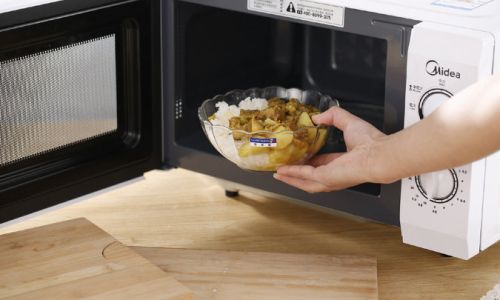
- Proteins (Meat, Poultry, Fish): Dense and prone to drying out, these require careful heating to avoid toughness.
- Starches (Rice, Pasta, Potatoes): Can become gummy if overheated but need thorough cooking to eliminate bacteria like Bacillus cereus.
- Vegetables: Delicate and water-rich, they heat quickly but may lose crispness.
- Sauces and Soups: High moisture content allows rapid heating but risks splattering if not covered.
-
Container Material: Glass or ceramic dishes distribute heat more evenly than plastic, which may retain cold spots.
-
Food Density and Portion Size: Thicker items (e.g., a casserole) take longer than loose grains or chopped vegetables.
-
Microwave Wattage: Higher-wattage microwaves (e.g., 1,200W) cook faster than lower-wattage models (700–900W). Adjust times accordingly.
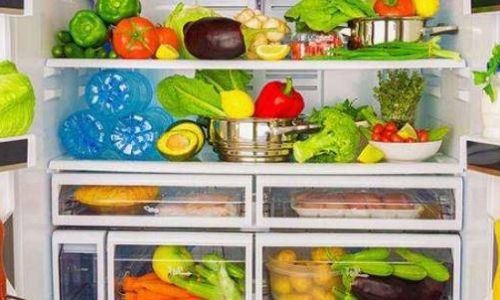
General Guidelines for Reheating Leftovers
Meat and Poultry
- Chicken, Turkey, or Pork: 2–3 minutes on high (1,000W microwave). Flip or stir halfway to prevent uneven heating.
- Beef or Lamb: 1.5–2.5 minutes, depending on thickness. Slicing thinly before reheating reduces time.
- Fish: 1–2 minutes. Overheating can make it rubbery; cover with a damp paper towel to retain moisture.
Pro Tip: Always check the internal temperature with a food thermometer—proteins should reach 165°F (74°C) to kill pathogens.
Rice and Grains
- Cooked Rice: 1.5–2 minutes. Add a splash of water and cover to prevent dryness.
- Pasta: 2–3 minutes. Stir halfway and add a drizzle of oil or sauce to revive texture.
- Quinoa or Couscous: 1–2 minutes. Fluff with a fork post-heating.
Safety Alert: Refrigerated rice carries a risk of Bacillus cereus spores. Reheat to steaming (165°F/74°C) and discard if left at room temperature for >2 hours.
Vegetables
- Leafy Greens (Spinach, Kale): 1–1.5 minutes. Overheating wilts them; use low power (50%) if possible.
- Root Vegetables (Carrots, Potatoes): 2–3 minutes. Pierce with a fork before reheating to ensure even heating.
- Mixed Vegetables: 2–2.5 minutes. Stir midway to distribute heat.
Texture Tip: For crispier results, finish reheating in a preheated oven or skillet.
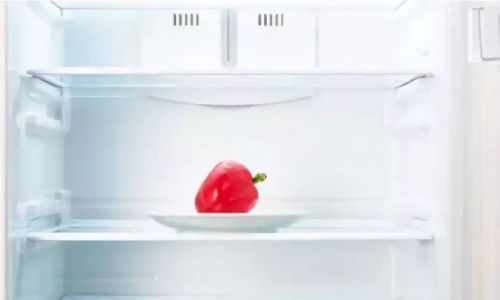
Soups and Stews
- Broth-Based Soups: 3–4 minutes. Stir every minute to prevent hot spots.
- Creamy Soups: 2.5–3.5 minutes. Lower power (70%) minimizes curdling.
- Stews: 4–5 minutes. Cover with a microwave-safe lid to retain moisture.
Splatter Prevention: Leave a small vent in the lid to release steam.
Pizza and Breaded Foods
- Pizza Slice: 30–45 seconds. Place a glass of water in the microwave to prevent sogginess.
- Fried Chicken or Nuggets: 1–2 minutes. Flip and heat in 30-second intervals to regain crispness.
Crispy Fix: Reheat breaded items on a wire rack in the microwave to allow air circulation.
Casseroles and Lasagna
- Single Serving: 2–3 minutes. Cover with a damp paper towel to retain moisture.
- Entire Dish: 5–7 minutes. Stir layers if possible to ensure even heating.
Layered Dishes: Separate layers (e.g., pasta sheets) before reheating for faster results.
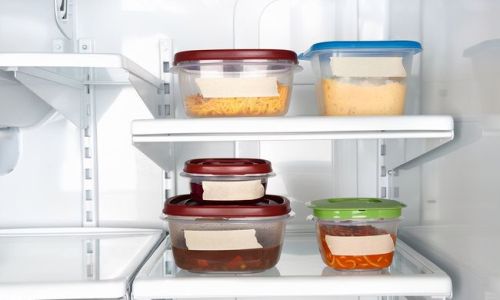
Advanced Techniques for Better Results
- Power Level Adjustment: Use 50–70% power for delicate foods (e.g., eggs, cheese) to prevent curdling or explosions.
- Interval Heating: Reheat in 30-second bursts, stirring or flipping between intervals.
- Moisture Management: Add a few drops of water, broth, or sauce to dry dishes before microwaving.
- Standing Time: Let food rest for 1–2 minutes post-heating; residual heat continues cooking evenly.
Food Safety Must-Knows
- Refrigeration Timeline: Consume leftovers within 3–4 days. Freeze beyond that.
- Avoid Repeated Reheating: Only reheat portions you’ll eat to minimize bacterial growth.
- Discard Suspicious Food: If leftovers smell off, have mold, or were stored improperly, toss them.
- Use Microwave-Safe Containers: Avoid plastic wraps or containers not labeled “microwave-safe,” as they may leach chemicals.
Debunking Microwave Myths
-
Myth: Microwaves destroy nutrients.
Fact: All cooking methods cause nutrient loss; microwaving often preserves more due to shorter heating times. -
Myth: Metal in microwaves is always dangerous.
Fact: Small amounts of foil (e.g., to shield spicy food parts) are safe if not touching walls. -
Myth: “Cold spots” mean food is unsafe.
Fact: Uneven heating is common; stirring and using a thermometer mitigates risks.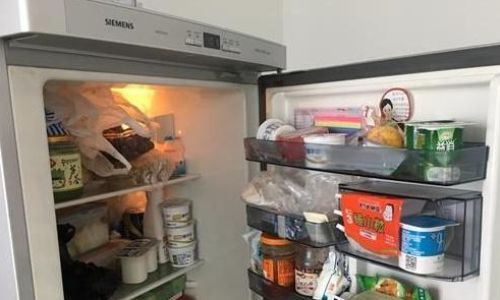
Troubleshooting Common Issues
- Food Explosions (e.g., Eggs, Potatoes): Pierce yolks or skins before reheating.
- Soggy Bread: Toast briefly in a toaster after microwaving.
- Chewy Meat: Slice thinly and add a splash of broth before reheating.
- Overcooked Edges: Arrange food in a ring shape (vs. a mound) for even heating.
Conclusion
Mastering microwave reheating requires balancing time, power, and technique. While general guidelines provide a starting point, adjusting based on your microwave’s wattage and the specifics of your leftovers is key. Prioritize food safety by reheating to 165°F (74°C), using appropriate containers, and adhering to refrigeration timelines. With practice, you’ll transform yesterday’s meals into satisfying, safe, and delicious repeats—all in a fraction of the time it takes to cook from scratch.
Final Tip: Label leftovers with dates and contents to avoid confusion and waste. Your future self (and taste buds) will thank you!
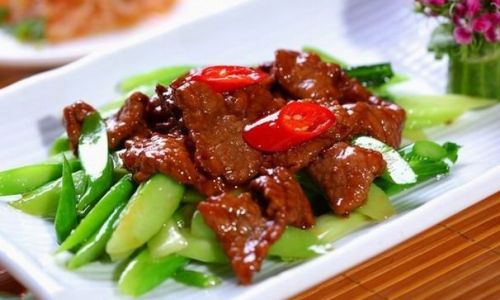

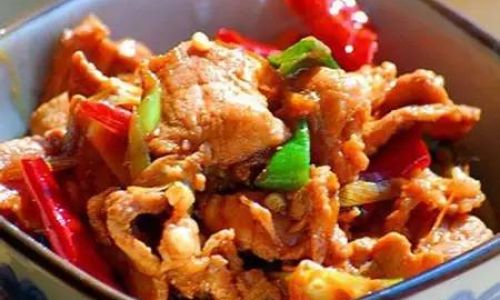



0 comments